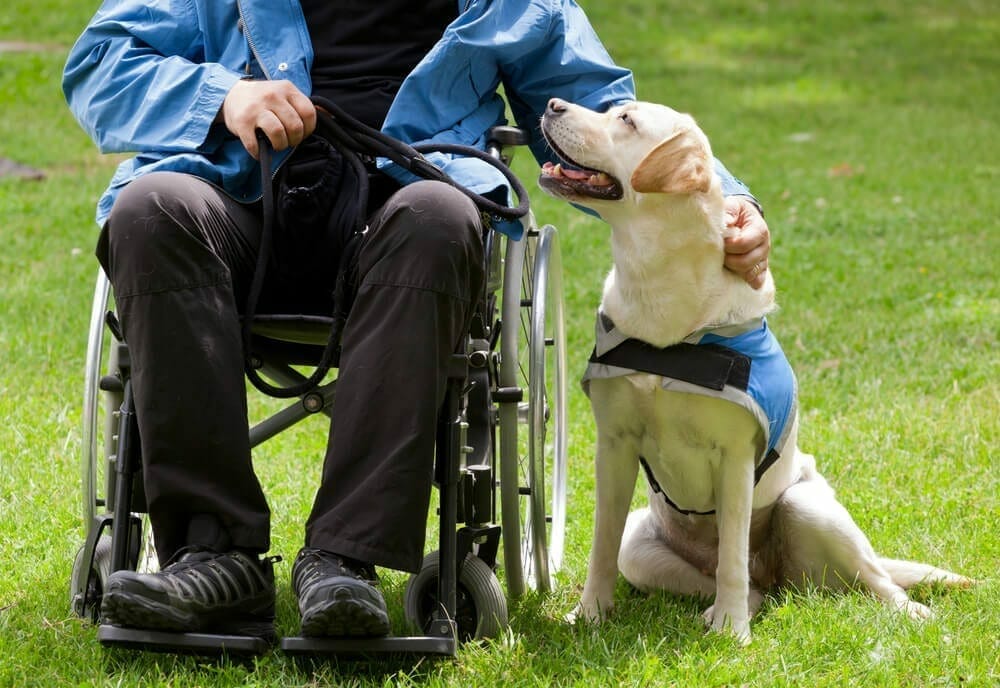International Assistance Dog Week
PIA Australia
August 17, 2017
Pet Insurance Australia wants to help recognise the Assistance Dogs across Australia during this very important week.
“This week signifies International Assistance Dogs Week,” Nadia Crighton from Pet Insurance Australia says. “This is such an important week to recognise and give thanks to the countless dogs helping every day Aussies lead enriched lives.”
There are a range of Assistance Dogs available in Australia that include dogs for physical disabilities, autism, PTSD dogs and dogs for dementia.
“These dogs make a huge difference in the lives of many Australians dealing with difficult circumstances,” Crighton says.
From retrieving objects that have been dropped, to carrying specific items or bracing and balancing assistance. They can also help with providing pressure contact to comfort in times of stress and the opening of items like opening cupboards.
Assistance Dogs are trained for around six months before going to a suitable home once graduating the intensive program. They help people of all ages and are also supporting countless children and their parents deal with disorders like Autism.
It’s takes years and in excess of $30,000 to train these amazing hounds.
“There are some amazing people behind the training and raising of these dogs,” Crighton says. “Now is the time to honour the amazing work that takes place behind the scenes of developing one of these truly miraculous dogs that make a real difference to many Aussies.”
The training and need for Assistance Dogs is only increasing with some dogs now being trained to detect dangerous blood sugar levels in diabetic patients.
“It just goes to show how amazing the humble canine companion is,” Crighton says.
For an Assistance Dog, pups start life in the home of a foster carer and are loved and looked after until they are ready to begin their formal training. Assistance Dogs help with a variety of disabilities and people who need some extra assistance to help with the day to day activities.
“This is also a week to pay respect to the amazing Guide Dog,” Crighton says. “These dogs are truly amazing and offer the gift of sight to many Australians.”
There is a huge amount of training that goes into these pups.
For a Guide Dog; it starts with basic puppy training and this is done across Australia in volunteer Puppy Raising homes. The pup gets to live in their foster home for the next 12 months. The dog will attend Puppy Preschool, be socialised with other dogs and learn basic commands like; sit, stay and drop. The next-step is formal training.
At 14months the dog will say goodbye their foster families and begin their offical journey towards becoming a Guide Dog. After passing an assessment on health and temperament the suitable Guide Dog will then begin a 20-week training program with an instructor.
Here they will learn how to do a range of skills and tasks in busy and noisy situations. After 20-weeks; the dogs are then tested to check their abilities and navigation skills before graduating. Things such as; travelling on transport, finding important land-marks like train-stations and bus-stops, and crossing the road safely.
The Guide Dog is then matched with the perfect handler and from there they build and unbreakable bond of trust and companionship. A Guide Dog will retire after around eight to 10 years. The handler can then either keep the dog as a pet or allow it to be re-homed to a loving family.
“The type of training and the amount of people involved in raising these special dogs needs to be recognised and celebrated.”

8 Comment